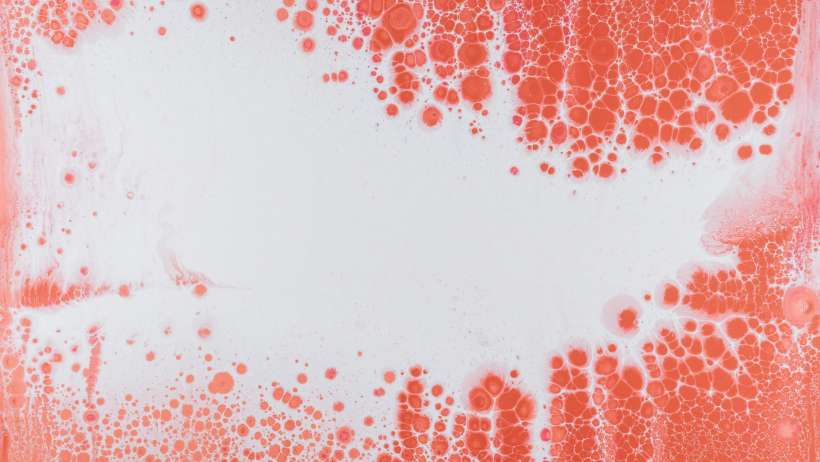Ayurveda in India lays great emphasis on taste. Also, known as rasa in Sanskrit, taste can be defined in a number of ways including experience, enthusiasm, essence and juice, all form an integral part of taste. There are six tastes or Rasas: sweet, sour, salty, bitter, pungent, and astringent. Taste is made from the same five elements that make up the doshas: space, air, fire, water and earth. And each taste has an effect on Vata, Pitta, and Kapha.
Ayurveda recommends including each of the tastes in every meal. The belief is that incorporating all six tastes in your meals and adjusting the amounts to your personal constitution will help you maintain balanced nutrition and good health, and feel satisfied overall. When your doshas are out of balance, these six tastes can help you repair this imbalance. The below guide provides an overview of each taste along with its dosha balancing properties.
• Sweet (decreases Vata and Pitta, increases Kapha) – The sweet taste is comprised of water and earth, and is good for balancing Vata and Pitta due to its cooling, heating and oily qualities. Of the six tastes, sweet is known to be the most grounding and nourishing. The sweet taste is prominent in foods such as wheat (unprocessed), rice, dairy, cereals, dates, pumpkins, maple syrup, and licorice root.
• Sour (decreases Vata, increases Pitta and Kapha) – The sour taste consists of water and fire elements. Amla means sour, acidic and that which easily ferments. Its decreases Vata but increases Pitta and Kapha. Sour stimulates appetite and saliva production, and is balancing in its light, heating, and oily properties. Sour foods include foods like sour cream, yoghurt, vinegar, cheese, citrus fruits and fermented foods like wine.
• Salty Salty (decreases Vata, increases Pitta and Kapha) – Water and fire elements predominate in this taste. Salty taste is heating, heavy, oily and hydrophilic in nature. Salt adds taste to foods, stimulates digestion, helps electrolyte balance, cleanses tissues and increases absorption of minerals. Examples of salty foods are sea vegetables, sea salt, tamari, black olives, Himalayan salt, rock salt, and processed foods (not an ideal or recommended source of salt).
• Pungent (increases Vata and Pitta, decreases Kapha) – Contains fire and air. Its light, drying and heating in nature. It pacify Kapha but excites Pitta and Vata. This taste is common in spices such as cayenne pepper, chili, black pepper, mustard, ginger and foods like onion and garlic.
• Bitter (increases Vata, decreases Pitta and Kapha) – It has the air and ether elements giving it cool, light and dry qualities. It’s considered the coolest and lightest of all the tastes. Because of these qualities, it’s highly detoxifying and can help remove waste products from the body. Bitter foods are turmeric, dandelion, aloe vera, green leafy vegetables, bitter greens such as rocket, endives, raddicho.
• Astringent (increases Vata, decreases Pitta and Kapha) – Astringent is derived from the air and earth elements, its cooling, drying and heavy in nature. It reduces Pitta and Kapha, but increases Vata. Unripe banana, pomegranate, chickpeas, green beans, okra, cranberries and raw vegetables are Astringent tasting foods.


